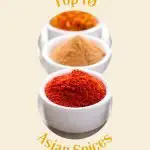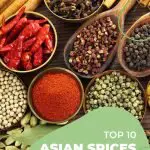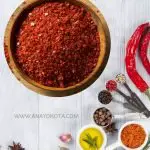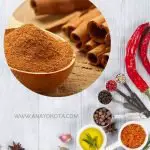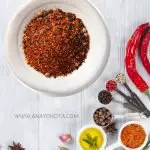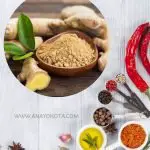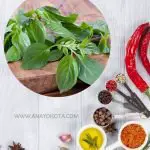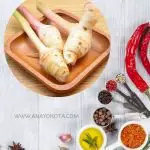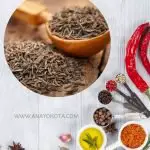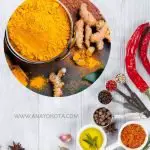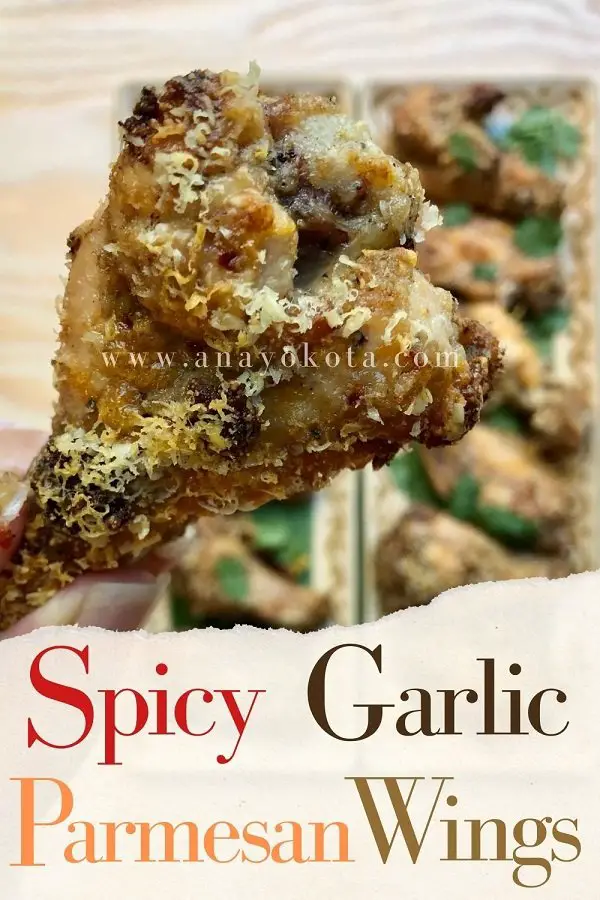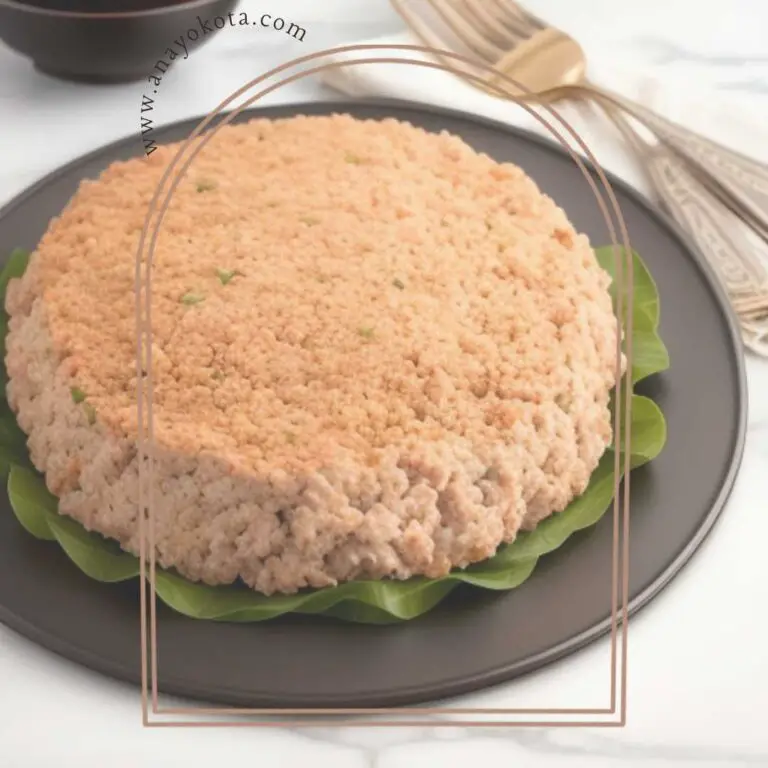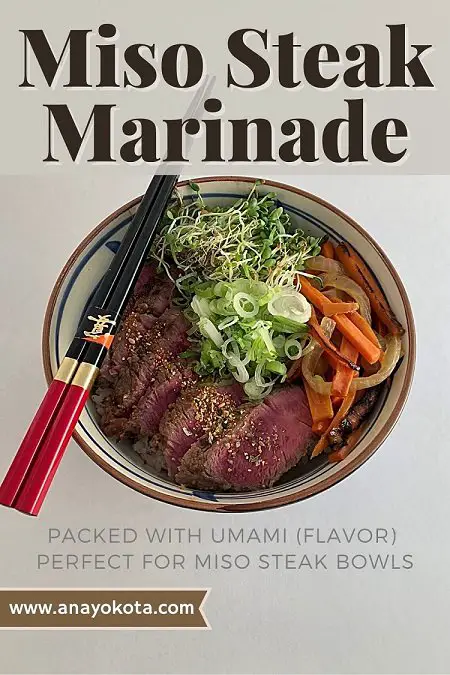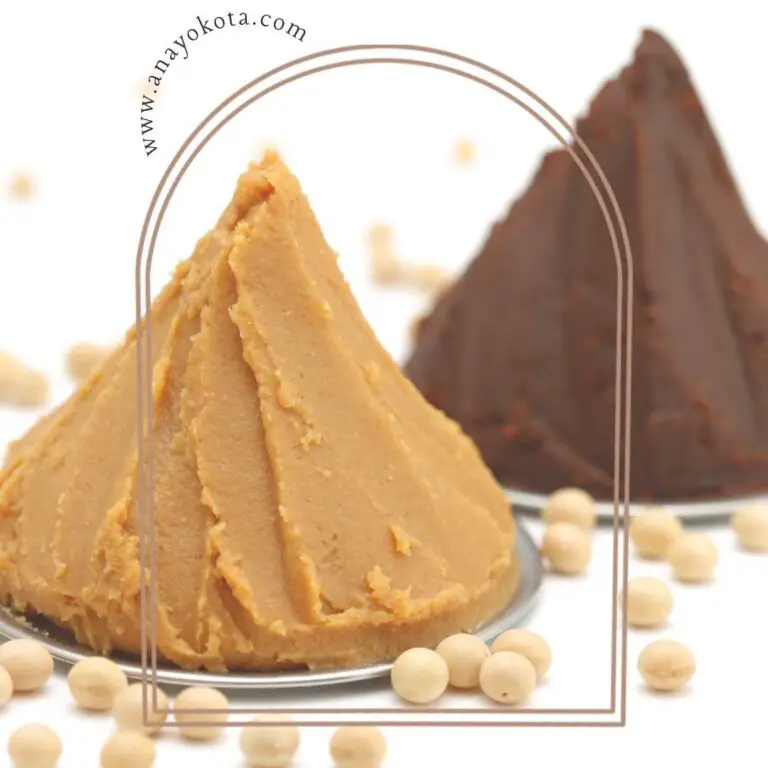This post may contain affiliate links. Please read my disclosure policy for more info.
As Asian cooking continues to explode all around the world, you may wonder, “What are Asian spices?” Get a tour of the most popular Asian spices in this post today!
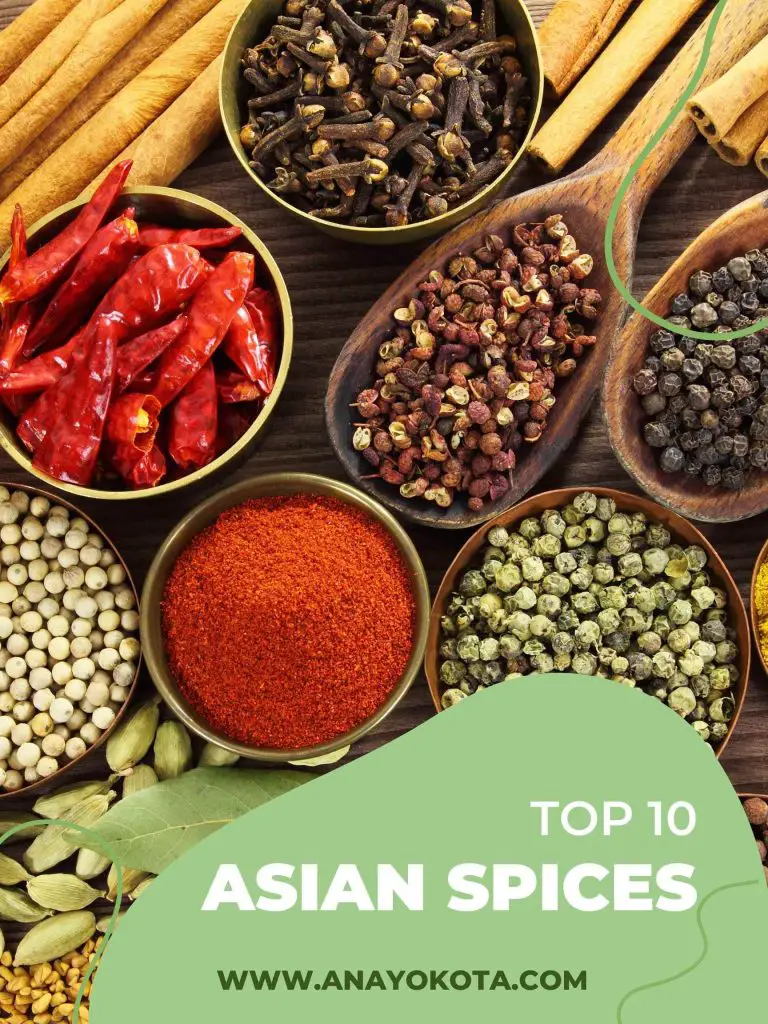
Asian spices and herbs are becoming more popular in America as people learn about their origins, flavors, and health benefits. In this blog post, we will talk about the most popular types of Asian spices that you can use to cook with. You may not know it but many different types of Asian spices have been used for thousands of years across the world.
In Asia, they were grown and harvested by hand long before there were even electric or gas-powered tools! Today’s modern farms still produce a large number of ingredients found in Asian cooking using manual labor from workers who then prepare them by hand again before they reach your kitchen table – a true testament to their freshness!
GOCHUGARU
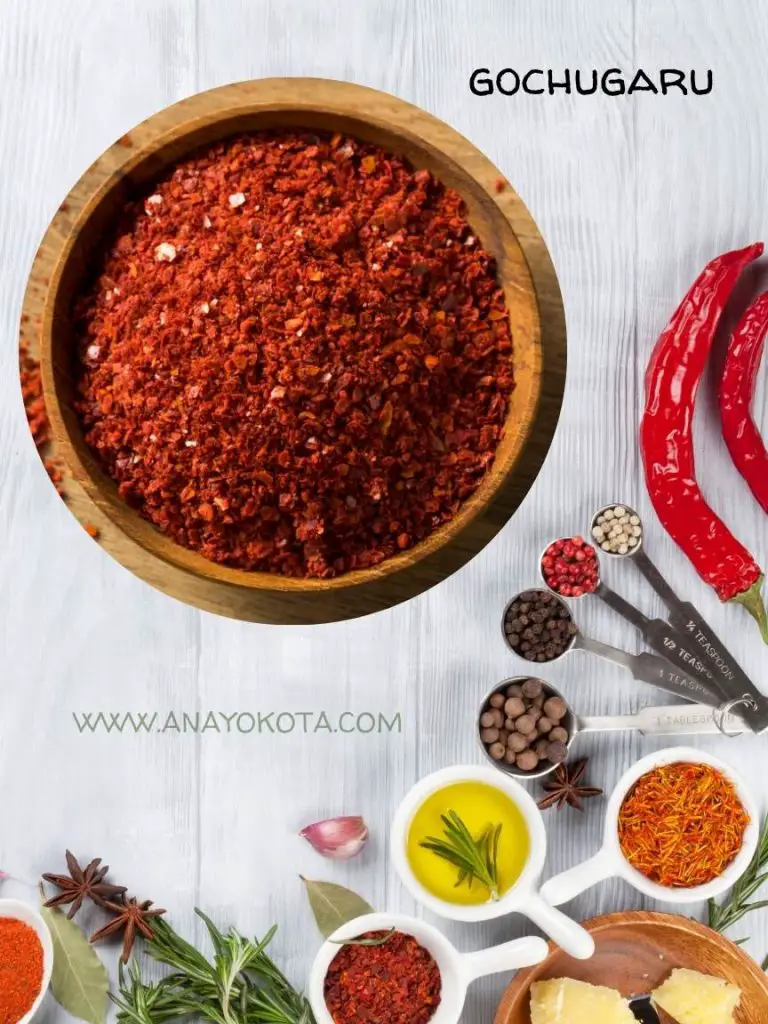
When it comes to the Asian spices list, gochugaru is at the top for Koreans. Gochugaru is a Korean red-chili pepper that is used as a spice and condiment in many Korean dishes. Its heat level varies from mild to hot depending on the type of gochugaru.
The origin of gochugaru is unclear as there are many different stories about it. One legend states that gochugaru was first made in the early 1600s after King Seonjo’s army lost a battle and had to retreat back home without food. Soldiers were hungry, so they chopped up hot peppers found along their path for preservation purposes with rice powder.
You can find gochugaru or similar Asian food spices in any Korean or Asian market. It is often sold wrapped in plastic bags and looks like a bright red powder. You can also find gochugaru as flakes, which are far easier to cook with for beginners because they dissolve into the food more easily than ground powders do.
The main health benefits of gochugaru are that it is a great source of Vitamin A, C and E as well as beta-carotene. It also contains the minerals iron, calcium and magnesium which all contribute to good health.
Since I asked this question myself, I would like to explain the biggest difference between cayenne pepper and gochugaru. The biggest difference is that cayenne is much hotter reaching on average 30,000 to 50,000 Scoville units (SOURCE) whereas gochugaru is milder and sweeter sitting at about 4,000 to 8,000 Scoville units (SOURCE).
I personally enjoy using finely ground gochugaru for soups, stews, and noodle dishes whereas, I will use coarsely ground gochugaru for banchan (side dishes) such as kimchi, marinated bean sprouts, or fermented perilla leaves. Additionally, I love spicy gochugaru because I like things on the hotter side.
Gochugaru is now a widely known staple not just in Korean cooking but all sorts of asian style marinades as well. It is a wonderful way to add flavorful spice to your favorite savory dishes.
I recommend using gochugaru in dishes such as Korean pork bulgogi or a hearty Korean gamjatang.
CINNAMON
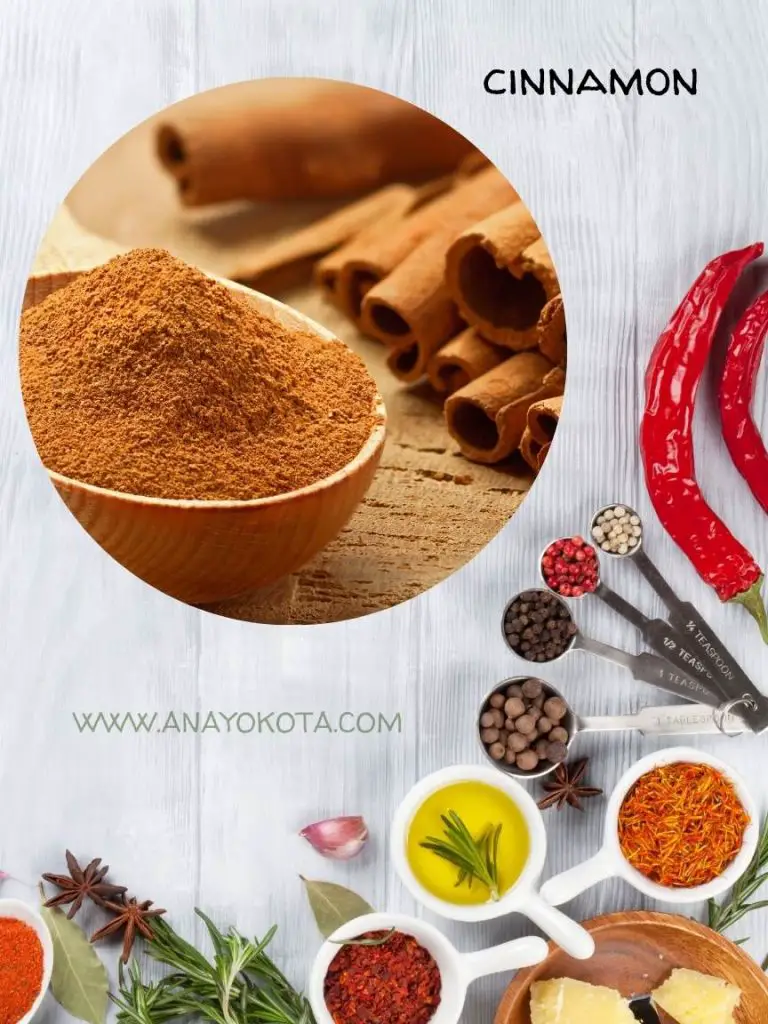
Cinnamon is so popular, you can find cinnamon anywhere from the grocery store to a spice or Asian market. It can be found in powdered, ground, stick form which are used for different purposes. Freshly ground cinnamon has more intense flavor than in stick form.
Cinnamon is native to Sri Lanka and was introduced into other regions of Asia by Arab traders (SOURCE).
As one of the most important spices used all over the world, cinnamon is loaded with nutrients that are known to help with anti-inflammatory, cardiovascular, and neurological disorders (SOURCE).
This powerhouse Asian seasoning tastes like a sweetly spicy, slightly astringent flavor. It can be used as a more subtle flavor in sweet dishes like pies or cakes, as well as savory dishes such as curries. Additionally, cinnamon goes great on all sorts of meaty stars – Korean beef bulgogi to Thai beef larb are just two examples! For sweeter dishes, cinnamon is used in many Asian dishes such as rice pudding, pumpkin soup and this Vietnamese dessert called banh chuoi.
SHICHIMI
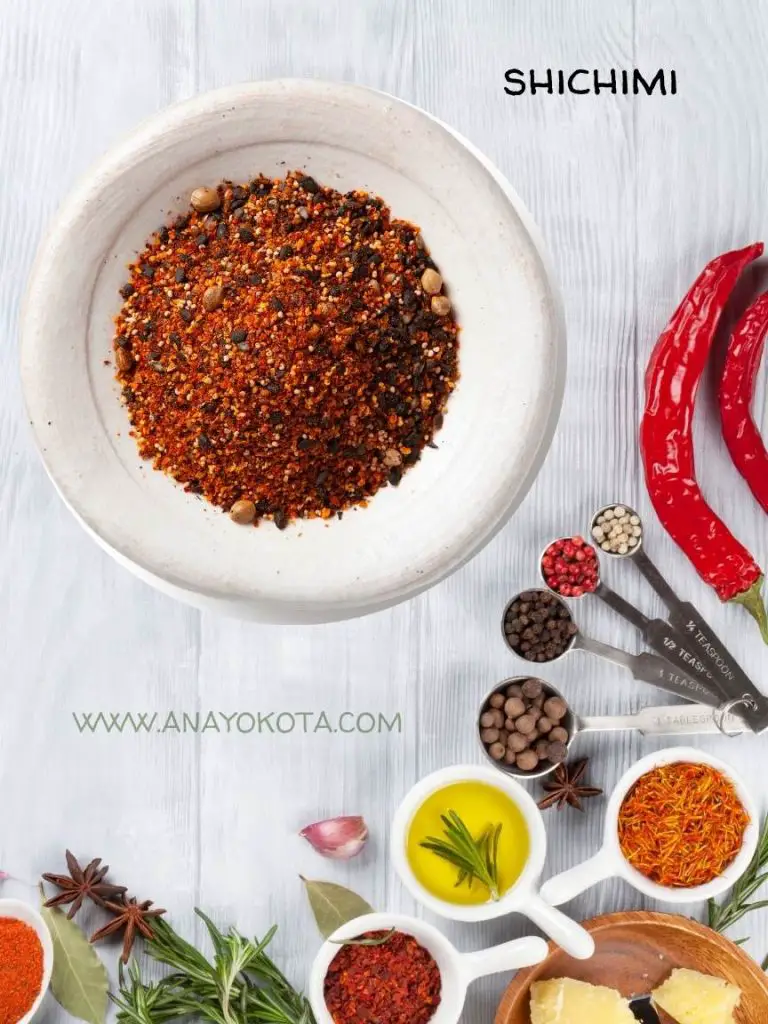
Shichimi is a Japanese table spice that has a wide variety of flavors from different Asian herbs and spices. It literally means “seven flavors” and is a seasoning used in various Japanese dishes for added seasoning.
The spices found in shichimi are ground as the following: ginger, red pepper, black sesame seeds (tokkon), white sesame seeds (hatsukaichi) , nori seaweed flakes (aonori), sansho leaves(shiso), garlic powder, onion powder and dried orange peel.
The history of shichimi is not well-documented, but it is believed to be of Chinese origin.
Asian cooking spices, such as shichimi, have been using spices for centuries as a way to flavor food and in the case of shichimi, also as medicines. In Asia certain spice mixes are found commonly like ayurvedic cooking or Thai curries and they all impart different flavors depending on the ratio.
Shichimi is great for adding flavor to dishes like kushiyaki or anything on skewers. It’s also used sparingly as a garnish on sushi rolls such as California Rolls where you can find raw fish with avocado wrapped around it. It tastes herby, nutty, and spicy at the same time without being too overbearing.
GINGER
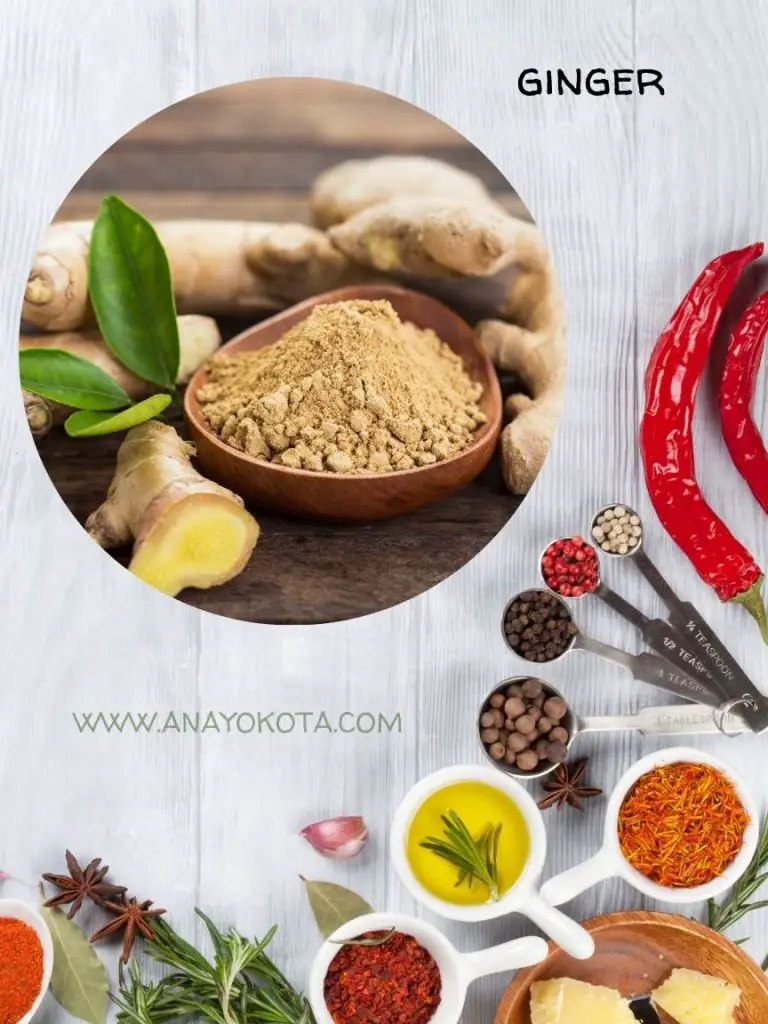
Ginger is an Asian spice that’s been used for centuries. It has a spicy and gingerbread-like flavor that adds depth to dishes like stir fries, stews, soups, kabobs, or curries. It is also great as an earthy addition to desserts like cakes with strawberries and blackberries on top. Yum!
Ginger as a ground spice can be found in pretty much any grocery store, in the Asian section (sometimes labeled spices), or at your local Asian food market. I love how available ginger is especially since there is not a season where I am not using ginger. It is used year-round and so make sure you have some on hand.
In my research, ginger dates back to around 400 BC where it was first discovered in China, and then in India (SOURCE).
The health benefits of ginger are not just for the stomach and immune system- ginger also has natural anti-inflammatory properties that help relieve pain in muscles (SOURCE). Ginger has been known as a digestive aid for centuries now; it can soothe stomach upset like nausea and gas while also improving your immune system (SOURCE).
With it’s spicy and earthy flavor profile and the aroma of lemongrass, the most popular use of ginger in all sorts of Asian style dishes are stir fry or curry cuisine.
STAR ANISE
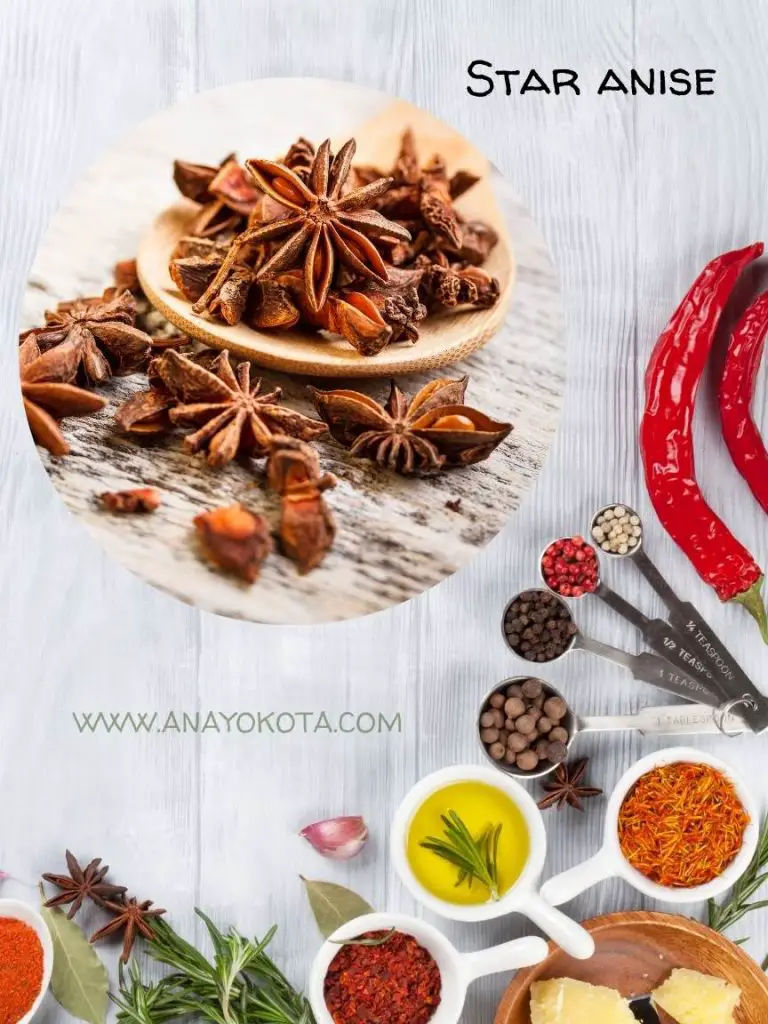
Star Anise is an herb that falls under the category of a spice. It is used in many Asian dishes, but it also has some medicinal properties as well!
Star Anise’s use goes back to ancient times; moreover, traditional Chinese medicine recognizes star anise as part of its herbal treatments for respiratory problems and digestive complaints.
The health benefits of star anise are as follows (SOURCE):
- Antioxidant
- Antimicrobial
- Antifungal
- Anthelmintic
- Insecticidal
- Secretolytic
- Antinociceptive
- Anti-inflammatory
- Gastroprotective
- Sedative properties
- Expectorant
- Spasmolytic and estrogenic effects
In other words, star anise is good for digestion and it relieves stomach aches by fighting inflammation on the inside lining of your digestive tract. Super powerful stuff.
In Asian cooking, star anise is used as a spice because of its distinctive licorice flavor. It’s also one of the ingredients in five-spice powder, which has become very popular all around the world!
The most popular dishes that use star anise are as follows:
- Asian stir fry dishes
- Thai curries
- Pad See Ew
- Chinese cuisine, including Sichuan cuisine for its citrus tastes that come from the star anise used in it
- Pho
Star Anise can be bought at most grocery stores or markets with an Asian spice section. You can also find it in specialty Asian markets.
CHINESE 5 SPICES
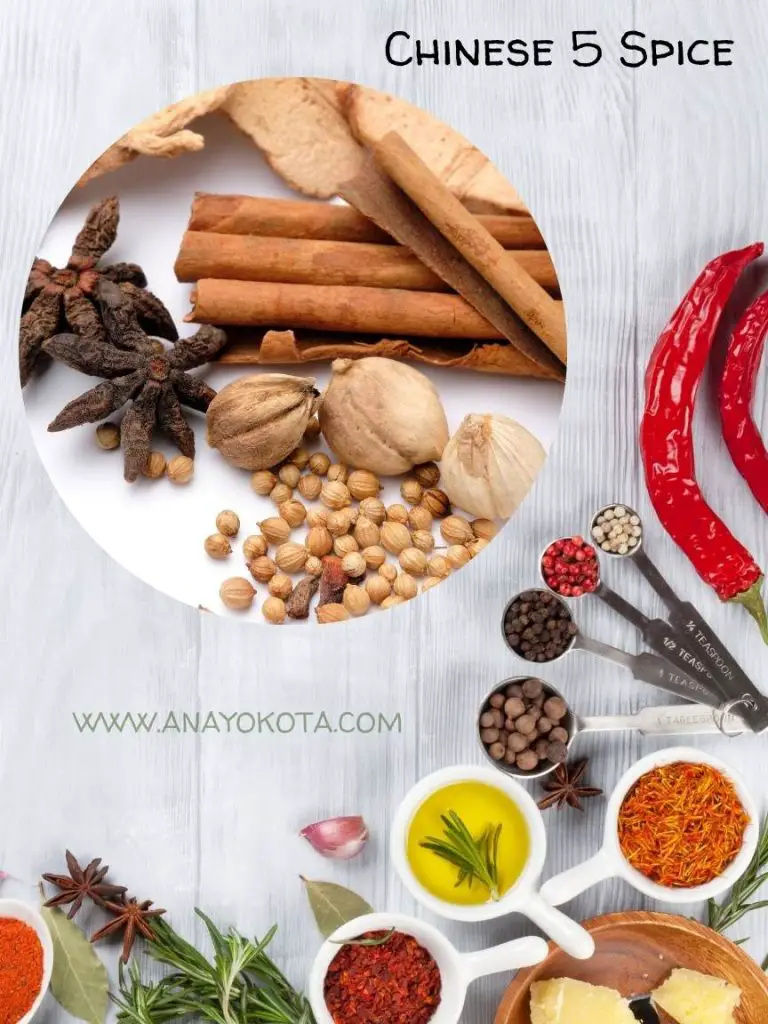
When it comes to Chinese spices, there are a few spices that should be in every kitchen.
Chinese five spice is also called “five spices” or “Wu Xing”.
It’s a common misconception that Chinese Five Spice Powder only contains the five main ingredients: star anise, cloves, cinnamon bark, fennel and Sichuan pepper. While these are the five main ingredients, some recipes also include ginger and/or black peppercorns as well.
Chinese five spice is one of those types of spices and it’s made up of: star anise, cloves, fennel seeds, cinnamon sticks and ground Sichuan peppercorns. This mixture has some pretty spectacular benefits for you as well!
The biggest health benefit of Chinese five spice is that it can help regulate blood sugar levels and reduce the risk for diabetes (SOURCE).
The taste of Chinese food spices is a bit hard to explain as well. It’s got an earthy, slightly sweet flavor with some light citrus undertones from the star anise in it. If you’ve never tried this type of spice, you will also notice a warm feeling that develops in the back of your throat as you cook with it.
You’ll find Chinese 5 spice powder in many types of Asian dishes, but you can also use it to season vegetables, beef and chicken as well.
You can purchase Asian spices online (specifically Chinese seasoning) at any grocery store, but if you want to buy it online then just go to Amazon. If cooking at home isn’t for you though, then just pick up a bottle from any grocery store.
The most popular dishes that use Chinese five spices are:
- Ginger beef, which is a stir fry dish of meat and vegetables seasoned with Chinese five spice
- Soups like miso soup or hot noodle soups
- Various types of dumplings.
THAI BASIL
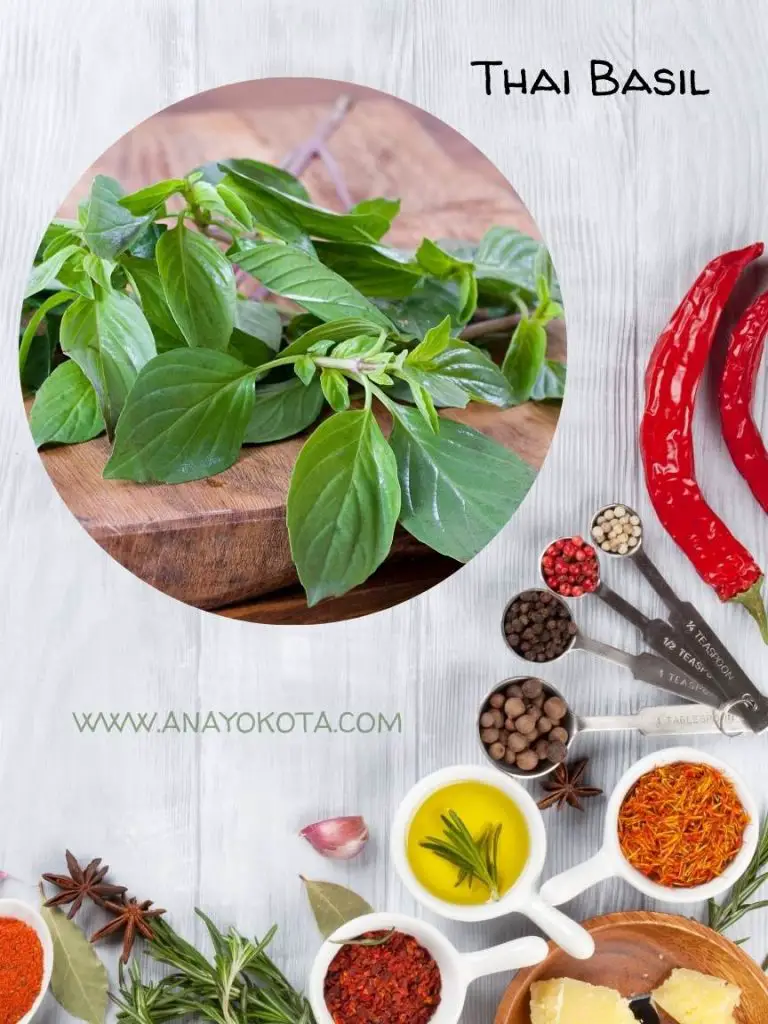
Though Thai basil is a type of herb, it’s often used as a culinary spice in dishes. Originally from Southern Asia and Indochina, there are many types of basil leaves, such as sweet basil, lemon basil, cinnamon basil, and so much more.
The health benefits of Thai basil are: antibacterial properties that can help with sore throats, stomach pain or immunity to illness. It also has anti-inflammatory effects on joints/muscles (SOURCE).
This beautiful plant has a citrusy flavor with hints of licorice and mint which make this herb sweet but slightly minty at the same time.
Due to the common flavor notes, a common substitute for Thai basil is fresh mint rather than sweet basil. Though you can certainly use sweet basil, mint will provide the slight licorice and minty flavors of Thai basil.
Where can you buy Thai Basil? You can find this at any grocery store or farmer’s market. It is most common during the summer months when it has been harvested and available for sale. However, if you don’t have time for the farmer’s market, Thai basil can be easily found in your local Asian food market such as HMart. Additionally, the best way to store Thai basil is by wrapping fresh leaves tightly together so they don’t dry out or wilt.
The best time to use Thai basil would be in Asian dishes such as stir-fries, curries and noodle soups. My favorite way to use Thai basil is in Pho because it brightens all the flavors of the broth.
GALANGAL
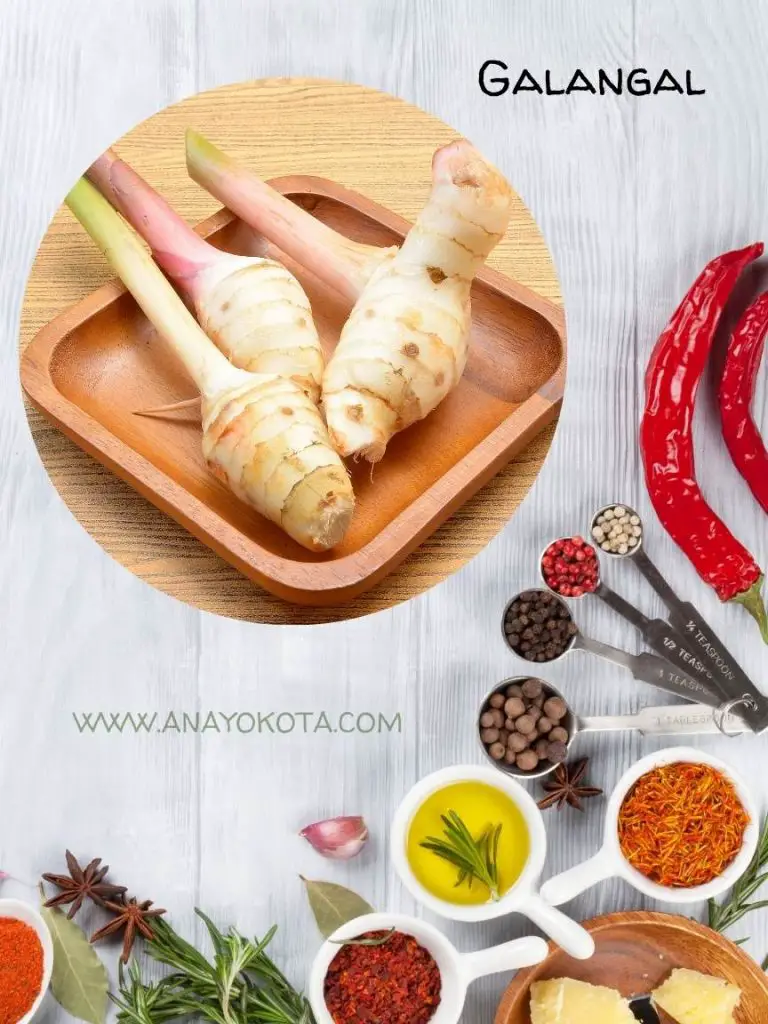
Galangal is a unique looking root that grows in a horseshoe shape. It has a deep pinkish-brown color and resembles ginger but it is not as sweet.
Galangal originates from Southeast Asia and was introduced to the Western World by Christopher Columbus during his travels through India, China, Korea and Japan (SOURCE).
Contrary to its physique, galangal does not taste like ginger; rather, galangal tastes like a cross between lemon and pepper. it is used in many Asian dishes such as Thai, Vietnamese, Malaysian and Indonesian cuisines.
Galangal can be found in the produce section of your local Asian grocery store or farmer’s market during its harvest season which usually runs from May to September annually.
The most popular dishes that use galangal are Pad Thai, a traditional Vietnamese noodle dish made with vegetables and peanuts. When you use galangal add the peel after cooking because it will give off flavor but not as much of its health benefits.
The biggest health benefits of galangal are its antibacterial properties and nutrition (including but not limited to) antioxidant, antibacterial, anti-inflammatory, anticancer, antiproliferative properties (SOURCE).
CUMIN
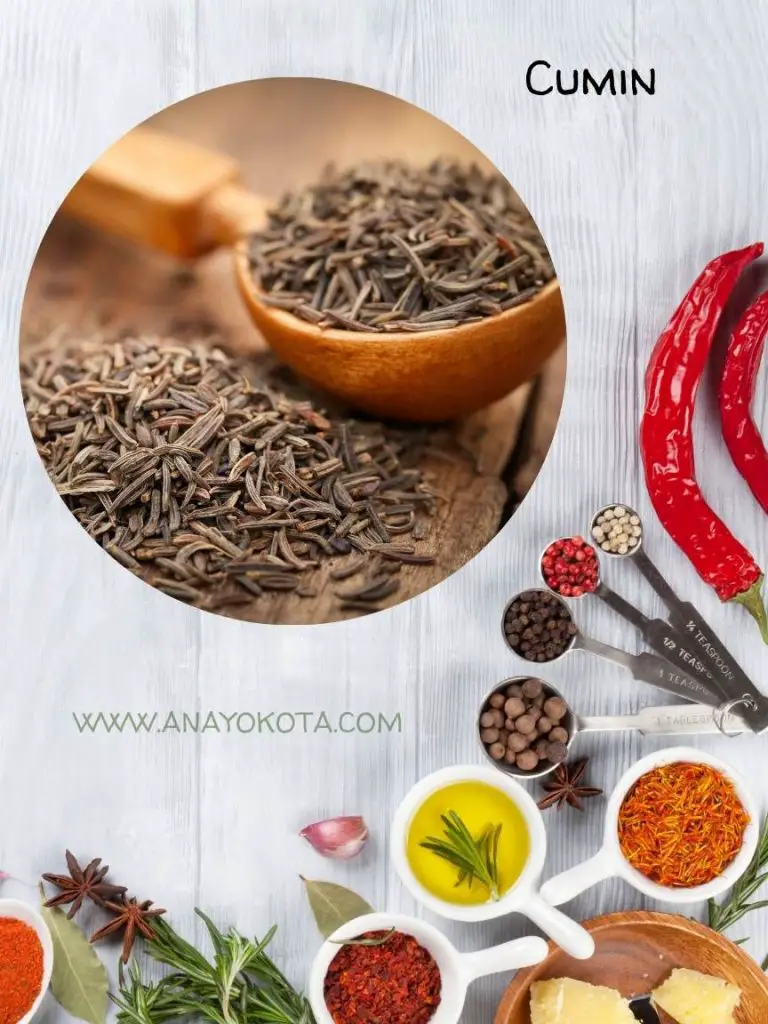
Spices from Asia, such as cumin, have been trending for a while. In the past decade, cumin has seen an increase in popularity from only being used as a spice for Indian dishes to now being utilized more often by chefs of all backgrounds.
Cumin seeds come from the Cuminum cyminum plant which has been grown for centuries in regions like India, China and Thailand. What does cumin taste like? Cumin has a warm, nutty fragrance when ground up into powder form. As a seed, cumin tastes sharp and peppery with a mild nutty flavor that is not as spicy.
The health benefits of cumin are numerous because it contains so many different nutrients For example, the most common nutritional value of cumin is it’s high levels of iron, zinc and magnesium. Cumin also contains antioxidants such as polyphenols that are known to improve the body’s immunity system (SOURCE).
Cumin is often used as a flavor agent to give soups, stews and other dishes an earthy taste that matches well with roasted meats like lamb or beef. It is also popular in many Asian dishes like chana masala, a spiced dish with chickpeas, cilantro and tomatoes originating from India.
Cumin can be easily found in the Asian seasonings aisle or regular spice aisle of almost any grocery store or online.
TURMERIC
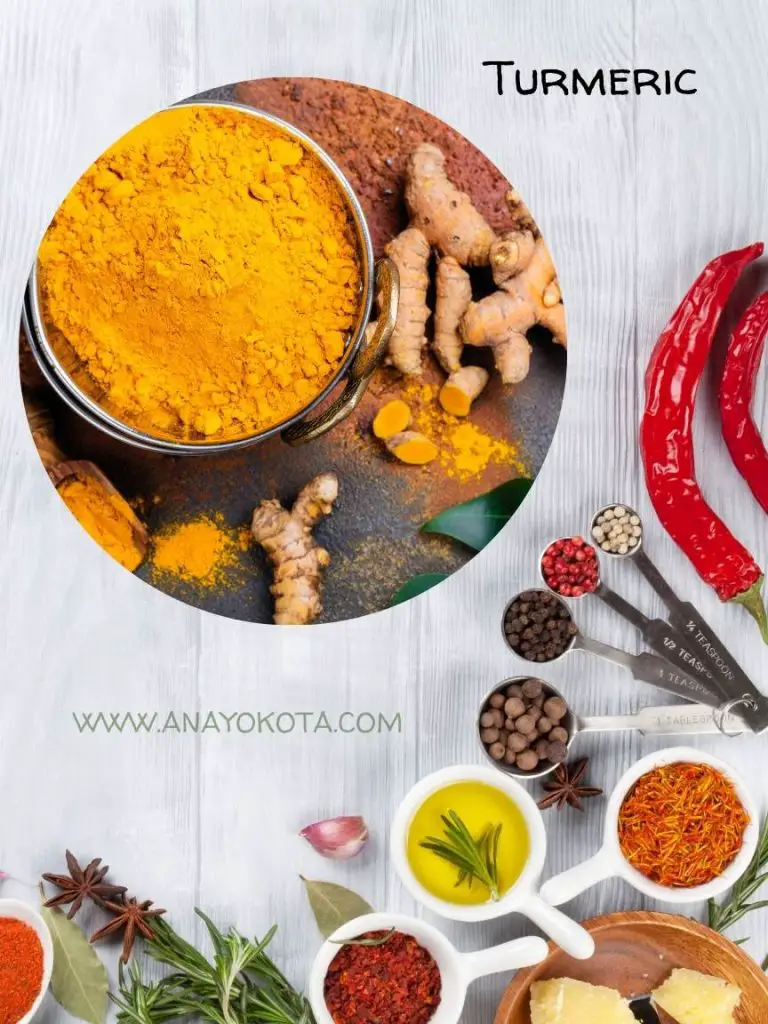
Turmeric is most commonly used in Indian and Asian cuisine, but the plant is also widely used as a medicine.
Turmeric has been shown to significantly reduce inflammation in animal studies, which may be due to turmerone – an active ingredient found only in turmeric roots. Nutritionists recommend including turmeric into your diet because it also contains high amounts of potassium, magnesium, manganese, and iron (SOURCE).
As with many herbs and spices, turmeric has a strong taste that can be both sweet and earthy depending on the dish it is used in. In Indian dishes turmeric will often have a peppery taste to balance out the sweetness of other seasonings such as sugar or honey.
Turmeric can be used ground or whole in a variety of Asian flavors. For example, I used ground turmeric as a natural food dye in my Pickled Yellow Daikon recipe. Not only did it give the pickled daikon a brilliant yellow color, it also added great flavor as well. If you want something a little more fresh, try making these Asian spices for rice.
CONCLUSION
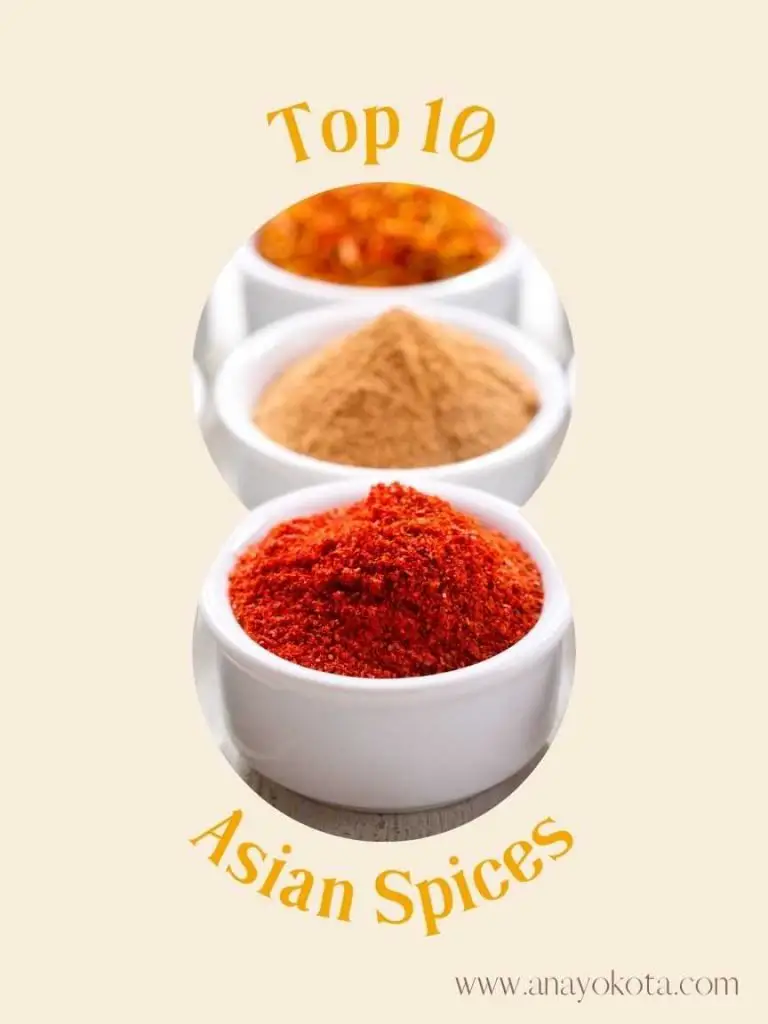
There are many different types of Asian spices that can be used to make a dish taste unique and authentic. Some popular dishes include pad thai, kkanpunggi, miso glazed steak bowl, Chinese dumplings (or wontons), pickled yellow daikon, pho soup noodles and so much more. These dishes use some of the most common Asian spices such as ginger root powder or garlic powder in their recipes. In addition to these staple ingredients you may find other more exotic flavors like turmeric for curry-style dishes or red pepper flakes for spicy food.
What are your favorite spices in Asia and what do you make with it? Are there any particular oriental spices that you would like to learn more about? Please let me know in the comment section below.

